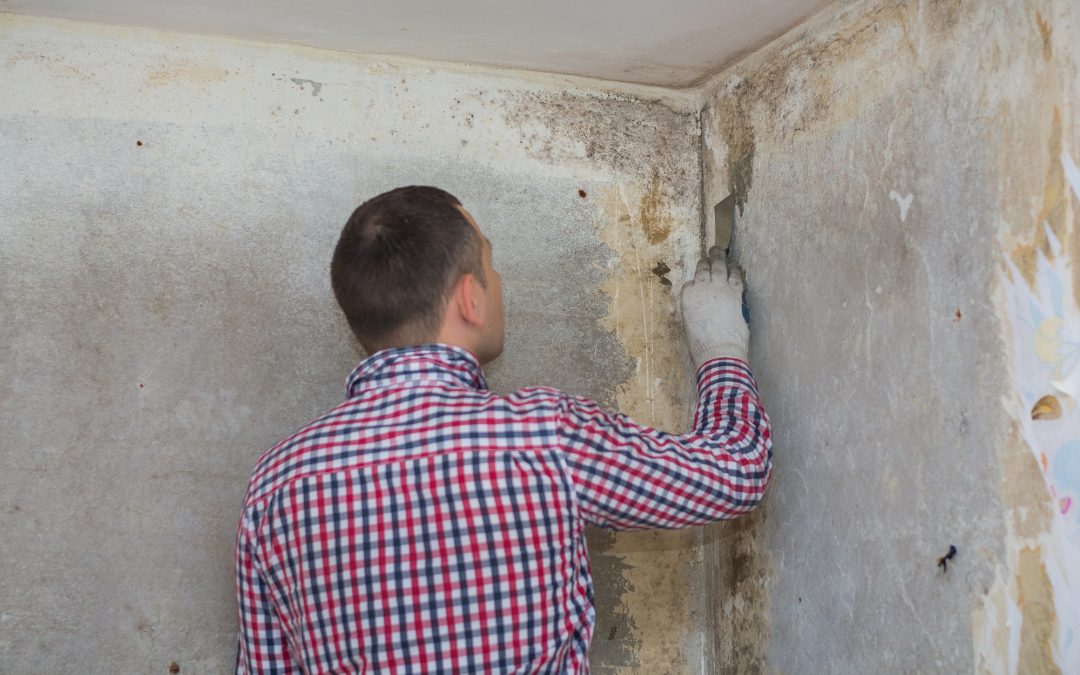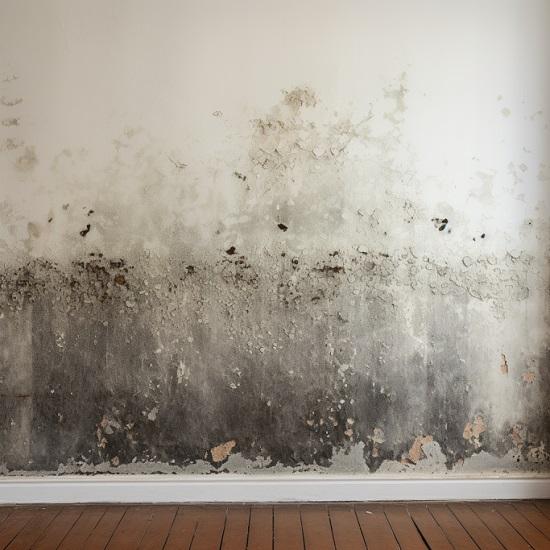Effective Post Mold Remediation Cleaning Protocols
Effective Post Mold Remediation Cleaning Protocols
Blog Article
Your Ultimate Overview to Blog Post Mold And Mildew Removal Methods
Navigating the realm of post-mold remediation techniques is a careful procedure that requires interest to detail and a comprehensive understanding of the complexities involved. In the aftermath of mold and mildew infestation, recognizing how to effectively remove the mold and avoid its reoccurrence is critical for maintaining a healthy and balanced indoor atmosphere. From selecting the right cleansing and decontaminating methods to applying methods for long-lasting mold prevention, each action in the removal trip plays an essential duty in making certain a successful outcome. As we embark on this expedition of post-mold remediation strategies, we will discover the essential strategies and ideal methods that can help you restore your area to its pre-mold condition and safeguard it against future mold and mildew risks.
Understanding Post-Mold Removal Refine
After completing the mold remediation process, it is important to understand the post-mold remediation methods that are needed to make certain a effective and comprehensive cleanup. Once the mold has actually been gotten rid of, the next step entails cleaning and decontaminating the influenced locations to stop any kind of regrowth of mold. This includes making use of specialized cleaning up agents to clean down surfaces and kill any continuing to be mold and mildew spores. It is essential to dry out the location entirely to prevent the development of mold in the future (After mold remediation). Correct air flow and dehumidification can aid in this process.
Moreover, carrying out a last assessment post-remediation is crucial to guarantee that all mold has been successfully eliminated. If the assessment discloses any kind of lingering mold, additional removal might be necessary.
Effective Cleaning and Disinfecting Methods

Preventing Future Mold Growth

Relevance of Correct Ventilation
Proper air flow plays an essential duty in protecting against wetness buildup, a vital consider mold growth within interior atmospheres. Efficient air flow systems help remove excess moisture from the air, decreasing the opportunities of mold spores locating the moisture they need to germinate and spread out. Without appropriate ventilation, interior spaces can end up being a breeding place for mold and mildew, causing potential wellness threats and architectural damage.
By making sure proper air flow, ventilation systems can additionally assist in drying damp areas faster after water damage or flooding occurrences, further preventing mold growth. testing site here air quality after mold remediation. In areas like restrooms, cellars, attic rooms, and cooking areas where wetness degrees tend to be higher, setting up and preserving efficient ventilation systems is vital in preventing mold infestations

Surveillance and Upkeep Tips
Given the critical duty that appropriate ventilation plays in protecting against mold and mildew development, it is important to establish reliable monitoring and upkeep pointers to guarantee the ongoing performance of air flow systems. Regular evaluations of air flow systems must be conducted to look for any type of indicators of clogs, leakages, check my blog or breakdowns that could restrain correct air movement. Tracking humidity degrees within the residential or commercial property is likewise critical, as high humidity can add to mold development. Setting up a hygrometer can aid track humidity degrees and alert property owners to any spikes that might require interest. In addition, guaranteeing that air filters are consistently cleaned up or changed is important for keeping the efficiency of the ventilation system. Executing a schedule for routine upkeep jobs, such as air duct cleansing and heating and cooling system assessments, can help protect against problems prior to they escalate. By staying mindful and positive to the problem of air flow systems, building proprietors can effectively mitigate the danger of mold and mildew regrowth and keep a healthy and balanced indoor environment.
Final Thought
Finally, post-mold remediation strategies are essential for ensuring a secure and clean environment. Understanding the procedure, carrying out effective cleaning and decontaminating techniques, avoiding future mold and mildew development, keeping correct ventilation, and regular surveillance are all vital action in the removal procedure. By following these standards, you can effectively eliminate mold and mildew and prevent its return, advertising a healthy living or functioning space for all passengers.
In the consequences of mold and mildew invasion, recognizing how to properly remove the mold and mildew and avoid its reoccurrence is paramount for maintaining a healthy interior environment. When the mold and mildew has been removed, the following step involves cleaning and decontaminating the influenced areas to prevent any type of regrowth of mold - Post remediation mold testing near me. After getting rid of visible mold development, it is crucial to clean up all surfaces in the afflicted area to eliminate any remaining mold and mildew spores. To additionally boost mold and mildew prevention procedures, it is crucial to address underlying problems that at first led to mold and mildew development.Given the critical duty that correct air flow plays in avoiding mold growth, it is important to develop effective monitoring and maintenance suggestions to make sure the ongoing functionality of ventilation systems
Report this page